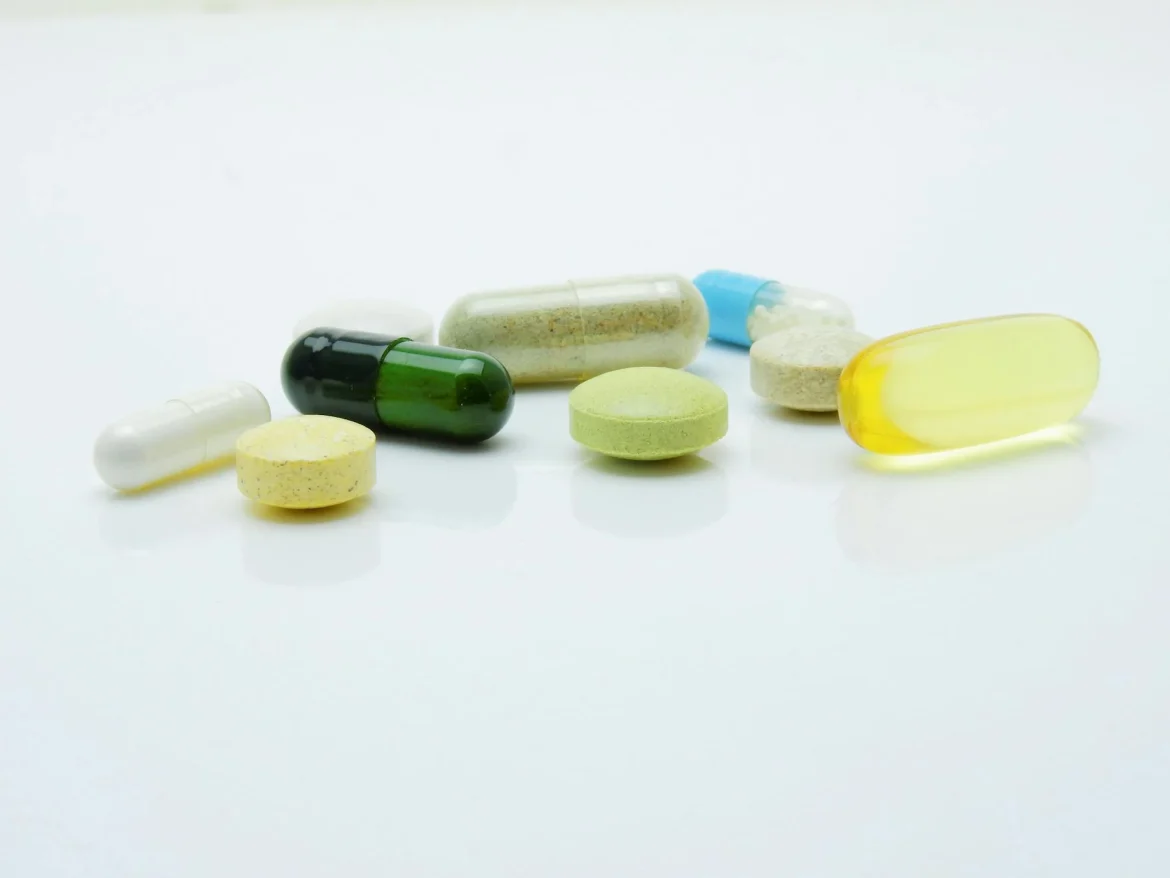For a lot of people, getting sick can be scary, not only because they are worried about the state of their health but also because the cost of prescription medications is so high in the United States that many people struggle to afford the meds they need to treat their conditions and get healthy. In fact, the cost of prescription medication in the U.S. is around three times higher than 33 other countries with similarly high incomes, with the average cost of a prescription without insurance costing between $12.41- $97.57 per capita.
The good news is, it is totally possible to save money on the cost of prescriptions, and below you will find some of the most effective ways to do that.
1. Go Generic or Go Home
Here’s the scoop: brand-name drugs are the designer bags of the pharmacy world. You pay extra for the name. Many brand-name medications have cheaper generic versions that are just as effective and safe as their high-brow twins. Ask your doctor if there’s a generic medication that can work for you. Your wallet will thank you, and you won’t notice the difference—except, maybe, that extra vacation money.
2. Big Box Bonanza
Did you know that stores like Costco and Walmart offer prescription drugs at mind-blowingly low prices through their pharmacies? You don’t even need a membership to buy from Costco’s pharmacy (a little-known fact!). Check their prices online or call them up; you might just find your prescription at a fraction of the cost.
3. There’s a Coupon for That
Yes, even prescriptions come with coupons these days. Websites like GoodRx or RxSaver can be your best friends. They compare drug prices at different pharmacies in your area and offer coupons that you can simply show at the counter to get a discount. It’s like having a little price-savvy elf in your pocket.
4. Practice Pill Splitting
Here’s a drama-free tip: sometimes, buying a higher dosage and splitting the pills can save you some serious cash. Why? Oddly enough, double the dose doesn’t always mean double the price. Ask your doctor if your medication can be safely split and if they can prescribe a higher dose that you can halve. Remember, some medications can’t be split, so check first to avoid turning your kitchen into a failed science experiment.
5. Look Into Patient Assistance Programs
Many pharmaceutical companies offer patient assistance programs (PAPs) that provide medications at low or no cost to individuals who qualify. It’s like the Robin Hood of Big Pharma—taking from the rich and giving to… well, anyone struggling to afford their medications. Check the manufacturer’s website for your medication or visit sites like NeedyMeds for more information.
6. Subscribe and Save
Consider using mail-order pharmacies for regular medications. Many health plans offer options for getting a 90-day supply of meds mailed directly to your home which usually comes at a lower cost compared to buying month-to-month. It’s convenient and often cheaper, and you don’t have to change out of your pajamas to pick up your meds.
7. Shop Around
Don’t just settle for the first price you get. Drug prices can vary wildly between pharmacies right across the street from each other. Use apps and websites to shop around or even call pharmacies directly to get the best deal. Sometimes, independent pharmacies offer competitive or even better pricing than chain pharmacies.
8. Ask About Discounts
Don’t be shy; ask your pharmacist if there are any discounts, loyalty programs, or promotional prices that you can take advantage of. Sometimes, simply asking can unlock savings that aren’t widely advertised. Pharmacists can be surprisingly helpful when they know you’re trying to save money.
9. Review Your Meds Regularly
Our bodies and health conditions change over time, and so should our medications. Regularly review your medications with your doctor to ensure all are still necessary. Sometimes, less is more, and you might be able to eliminate or change medications to lower-cost alternatives.
10. Use a Flexible Spending Account (FSA) or Health Savings Account (HSA)
If your employer offers a Flexible Spending Account (FSA) or Health Savings Account (HSA), take advantage of it. These accounts allow you to use pre-tax dollars to pay for eligible out-of-pocket health care costs, including prescription medications. This means you save an amount equal to the taxes you would have paid on the money you set aside.
11. Double-Check Your Insurance
Sometimes, the devil is in the details—especially with insurance. Make sure your insurance is giving you the best deal on prescriptions. Sometimes, insurance might not be the cheapest option, especially if a generic or an alternative medication is available at a lower cash price. Always compare the insurance copay versus the out-of-pocket price with discounts or coupons.
12. Consider Over-the-Counter Alternatives
For some conditions, over-the-counter (OTC) medications can be a viable and less expensive alternative to prescription drugs. Always consult with your healthcare provider to see if there is an OTC medication that could effectively replace your prescription, and ensure it will be safe and effective for your specific situation.
13. Use a Community Health Center
Community health centers often offer prescription drugs at reduced prices for both insured and uninsured patients. These centers can be a valuable resource for individuals facing high medication costs. They also typically offer sliding scale fees based on your income.
14. Educate Yourself on Medication Tiers
Most insurance plans categorize medications into tiers that determine your out-of-pocket costs. Understanding which tier your medication falls into can help you discuss cheaper alternatives with your doctor. Sometimes, simply switching to a different drug that’s in a lower tier can lead to significant savings.
15. Ask for a 90-Day Supply
For medications you take on a continuing basis, request a 90-day supply instead of a 30-day supply. This often comes with a discount and will save you money in the long run. Plus, it’s more convenient and reduces trips to the pharmacy.
16. Healthy Living
This one’s a marathon, not a sprint. Maintaining a healthy lifestyle can lead to reduced dependency on certain medications. A balanced diet, regular exercise, and proper sleep can improve your health significantly and potentially reduce your medication needs over time. Think of it as an investment in your health bank account.
No one should be left unable to afford the medication they need when they are unwell and no one should have to go without other basics, such as food, so that they can affor their medication, but hopefully this article has shown you a number of things you can do to save money on your prescription medications so that you do not have to make difficult choices or compromise your health in the future.


